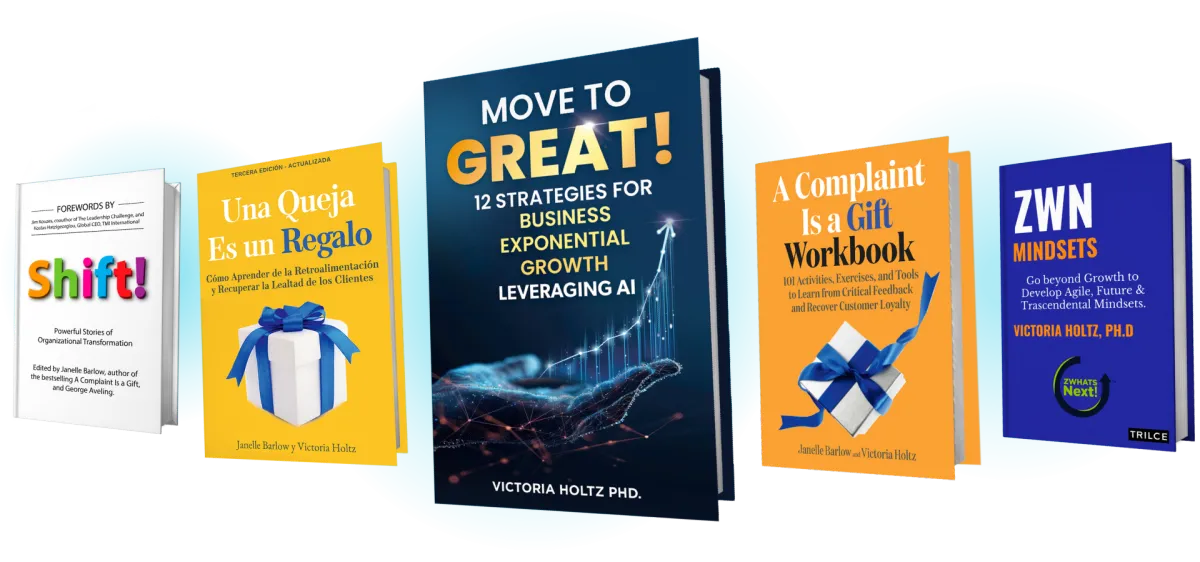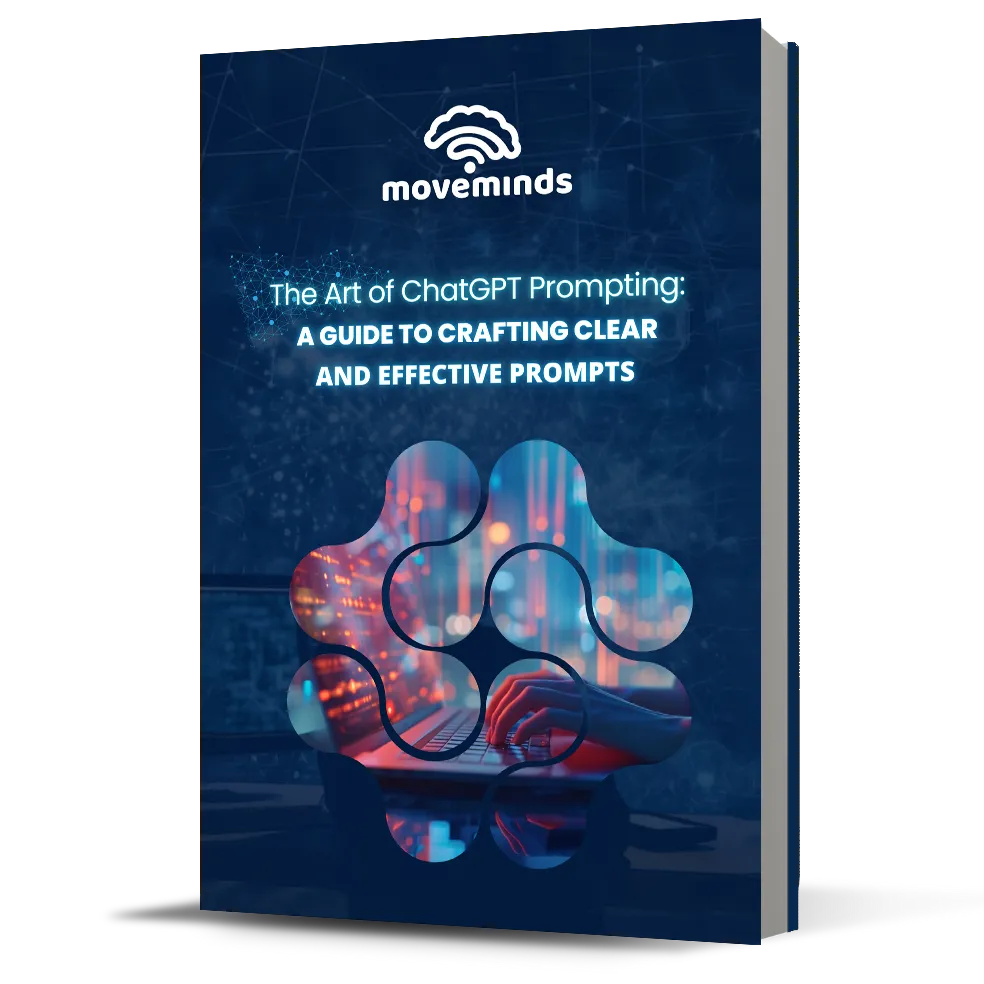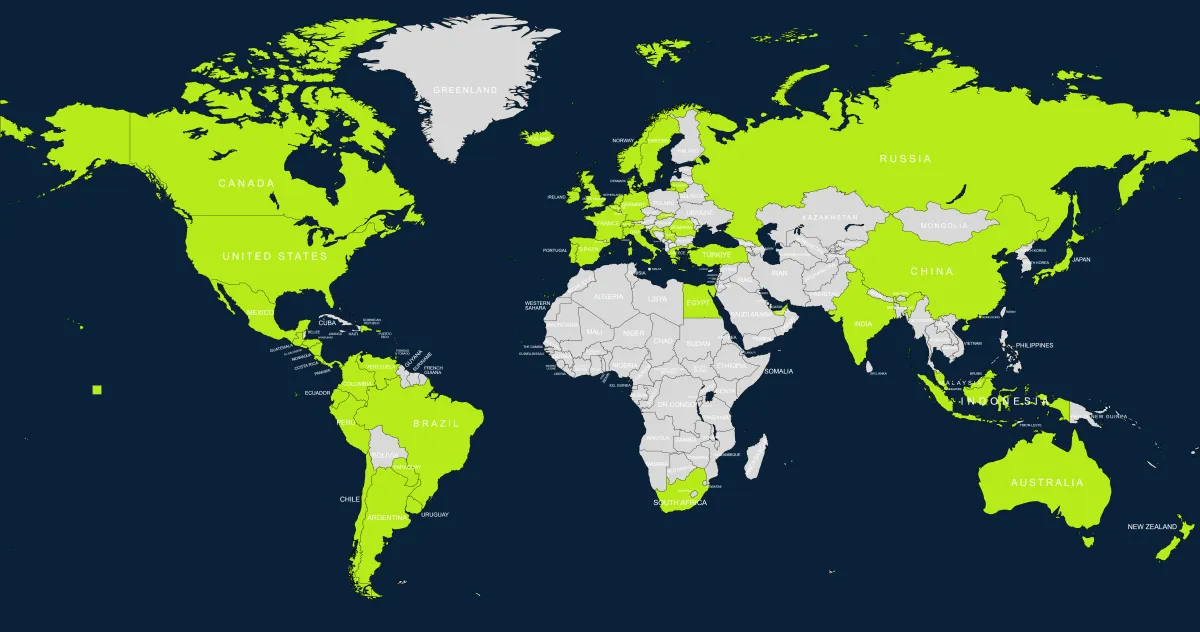
Victoria Holtz: Expert on Agile Mindsets, Exponential Growth & Practical AI
Victoria Holtz takes your organization into the future with her exclusive
Agile SeeWhat'sNext!™ Mindset methodology, AI for Business Star Model,
Interactive Avatars and Artificial Intelligence tools to achieve Exponential Growth.


Keynote Speaking Services: Victoria Holtz
Victoria Holtz takes your organization into the future with her exclusive
Agile SeeWhat'sNext!™ Mindset methodology, AI for Business Star Model,
Interactive Avatars and Artificial Intelligence tools to achieve Exponential Growth.
Some of Victoria's success stories include delighted clients like:


Books and Media



Access the amazing ebook:
"The Art of ChatGPT Prompting:
A Guide to Crafting Clear and Effective Prompts"

She has left her mark on more than 4 million people, 54 countries, 5 continents
In over 25 years, she has transformed hundreds of organizations
Make a GREAT impact with Victoria at your next event!
She has left her mark on more than 4 million people, 54 countries, 5 continents
In over 25 years, she has transformed hundreds of organizations
Make a GREAT impact with Victoria at your next event!
Victoria is the best Speaker ever!
-NASA
WOW! Extremely inspiring and transformational!
-Microsoft
The Growth Simulator was eye opening, leading to tangible results.
-Nestle
Incredible insights about how to develop the Mindset for the Future, leveraging AI!
-DELL
The best conference we´ve had in years! Giving not only inspiration but practical tools we can use immediately!
-GM
Loved the integration of technology, the avatars are impressive!
-Uber
Industries Served
From technology to consumer goods, Victoria’s keynote speaking services have made a difference in:
Topics:
Sales
AI
Motivational
Innovation
Agile
Leadership
Industries
Automotive
Technology
Pharma
Retail
Consumer Goods
Telecommunications
Transportation

Her versatility ensures that she can address the unique needs of any industry.

Discover the power of
AI for your organization
with Victoria's
AI FOR BUSINESS STAR Model.
Book a meeting with Victoria Holtz
Discover the power of
AI for your organization
with Victoria's
AI FOR BUSINESS STAR Model.

Book a meeting with
Victoria Holtz
What makes Victoria different?
Instead of just a conference, Victoria offers a full process including activities before, during and after the event.
What makes Victoria different?
Instead of just a conference, Victoria offers a full process including activities before, during and after the event.
BEFORE THE EVENT
• Victoria works with you to adapt the content to your specific needs and audience, providing a customized solution and adding real value to all participants.
• Her content is based on more than 25 years of experience working with companies of all sizes, as well as her studies on Neuroscience, Innovation, and Design Thinking at MIT and Digital Strategies for Business: Leading the Next Generation Enterprise at Columbia Business School.
• Victoria offers tailored Assessments to all participants. These assessments generate curiosity & expectation, as they will learn more about their results during the conference. Also, it is very interesting data for the organization.
DURING THE EVENT
• Victoria's conferences are 100% interactive, gamified, engaging, inspiring and fun. The audience is not just listening... but learning by actively participating.
• She offers very practical tools that participants can use immediately.
• The conferences include an interactive Virtual Reality Avatar for role playing. This creates a great impact on all participantes, using the Technology of fhe Future... today!
• If it suits the conference's topic, an Exponential Growth Simulator is used to show, in real time, the power of compound growth following 12 proven strategies. These very practical Strategies are based on her Move to Great! book and methodology.
• Her topics are based on her organizational transformation model, focused on developing an Agile SeeWhat'sNext!TM Mindset, fostering Collective Intelligence.
AFTER THE EVENT
• Victoria shares infographics and digital tools so participants can continue applying the concepts learned... and more!
• She offers an additional free session to show the Results Analysis Report and give more recommendations on how to follow-up the event to generate even more impact in the 70/20 at the workplace... and in life.
BEFORE THE EVENT
• Victoria works with you to adapt the content to your specific needs and audience, providing a customized solution and adding real value to all participants.
• Her content is based on more than 25 years of experience working with companies of all sizes, as well as her studies on Neuroscience, Innovation, and Design Thinking at MIT and Digital Strategies for Business: Leading the Next Generation Enterprise at Columbia Business School.
• Victoria offers tailored Assessments to all participants. These assessments generate curiosity & expectation, as they will learn more about their results during the conference. Also, it is very interesting data for the organization.
DURING THE EVENT
• Victoria's conferences are 100% interactive, gamified, engaging, inspiring and fun. The audience is not just listening... but learning by actively participating.
• She offers very practical tools that participants can use immediately.
• The conferences include an interactive Virtual Reality Avatar for role playing. This creates a great impact on all participantes, using the Technology of fhe Future... today!
• If it suits the conference's topic, an Exponential Growth Simulator is used to show, in real time, the power of compound growth following 12 proven strategies. These very practical Strategies are based on her Move to Great! book and methodology.
• Her topics are based on her organizational transformation model, focused on developing an Agile SeeWhat'sNext!TM Mindset, fostering Collective Intelligence.
AFTER THE EVENT
• Victoria shares infographics and digital tools so participants can continue applying the concepts learned... and more!
• She offers an additional free session to show the Results Analysis Report and give more recommendations on how to follow-up the event to generate even more impact in the 70/20 at the workplace... and in life.
Victoria's Keynotes:






Victoria's Key Topics:






Countries where Victoria has delivered successful Keynotes:

Countries where Victoria has delivered successful Keynotes:

Would love to connect with you!







